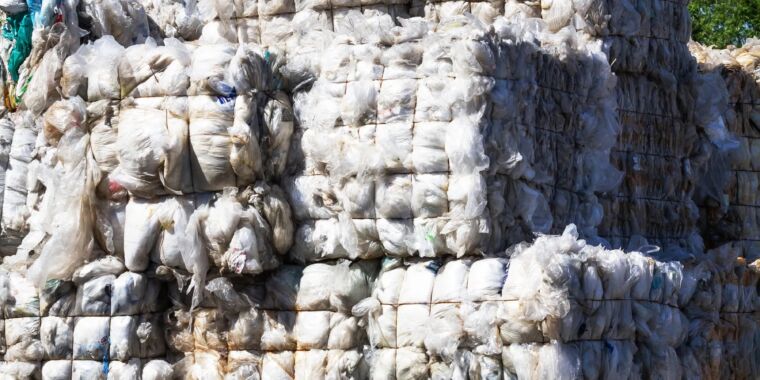Source article originally published on
Article Summary and/or Excerpt:
Kara Pochiro, spokesperson for the Association of Plastic Recyclers, notes in a statement provided to WIRED that recycling is regulated like any other industrial process in the US. “The recycling plant works closely with the local municipality to ensure the wastewater conforms with the capacity and quality required for the local sewer treatment facility,” Pochiro says. “When it is either economically or technically required, the recycling plant will install a water pre-treatment plant that partially treats the water in order to remove some of the burden from the municipal plant.”
The good news here is that filtration makes a difference: Without it, the researchers calculated that this single recycling facility could emit up to 6.5 million pounds of microplastic per year. Filtration got it down to an estimated 3 million pounds. “So it definitely was making a big impact when they installed the filtration,” says Brown. “We found particularly high removal efficiency of particles over 40 microns.”
But a critical caveat is that the team only tested for microplastics down to 1.6 microns. Plastic particles can get way smaller—like nanoplastics that are tiny enough to enter individual cells—and they grow much more numerous as they do. So this is likely a significant underestimate. And these researchers were finding a lot of particularly small particles. In two of the sample points, approximately 95 percent of the microplastics were under 10 microns, and 85 percent were under 5 microns. “It completely shocked me just how tiny the majority of them were,” says Brown. “But we easily could have found so many smaller than that.”
